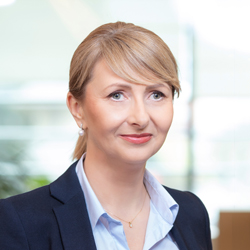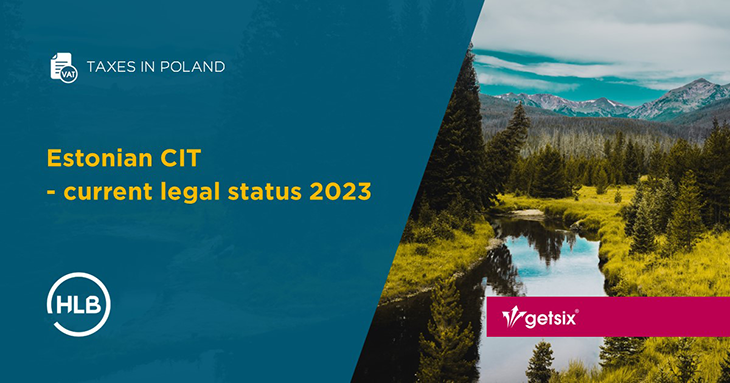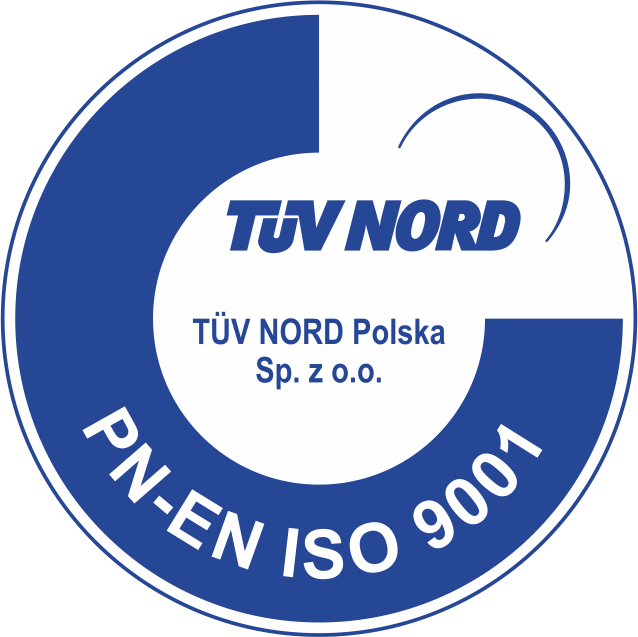Estonian CIT – current legal status 2023
Estonian CIT is referred in the law as a lump sum on income of capital companies. It is a modern way of taxation that promotes investments and minimizes formalities when settling taxes for capital companies and partnerships.
This solution is addressed to:
- micro, small and medium-sized capital companies and partnerships (limited and limited joint-stock partnership) being CIT taxpayers,
- companies in which the shareholders are exclusively natural persons.
The Estonian Corporate income tax will be available to companies:
- which do not have shares in other entities,
- which employ at least 3 persons, excluding shareholders (facilitations for small and start-up taxpayers are granted),
- whose passive income does not exceed the income from operating activities,
- which do not prepare their financial statements in accordance with IAS,
- file an appropriate notice of their choice of this form of taxation to the Inland Revenue Office.
All of the above criteria must be met simultaneously.
Estonian CIT is due when the Company distributes its profit. In principle, therefore, no CIT is payable by the company accounting for CIT under Estonian CIT until profit is distributed. The CIT rate for Estonian CIT is 10% for small taxpayers and 20% for all others.
However, the shareholder has the right to apply a deduction for the received dividend. The shareholder can reduce the tax paid on that dividend by the corresponding portion of the tax paid by the company.
This results in the partner’s final tax bill amounting to:
- 10% for a small taxpayer
- 5% for all other companies
A company subject to Estonian CIT is also not obliged to pay the minimum tax (statutory exemption).
A company subject to Estonian CIT, that does not exceed the sales value of PLN 2,000,000.00 (including VAT) for the preceding tax year is eligible for a quarterly settlement of VAT.
However, when opting for an Estonian CIT settlement, it should be borne in mind that, in addition to the profit distribution indicated above, CIT tax liability will also arise in connection with:
- the appropriation of profit to cover losses generated in the period before the profit was subject to Estonian CIT,
- so-called hidden profits,
- expenses not related to business activities.
Hidden profits are understood as benefits to shareholders, partners and their related parties, including e.g. a loan granted to such a shareholder. The choice of this solution entails its obligatory application for a period of four years, with the possibility of an extension for a further four years.
If you have any questions regarding this topic or if you are in need for any additional information – please do not hesitate to contact us:
CUSTOMER RELATIONSHIPS DEPARTMENT

ELŻBIETA
NARON-GROCHALSKA
Head of Customer Relationships
Department / Senior Manager
getsix® Group
***














